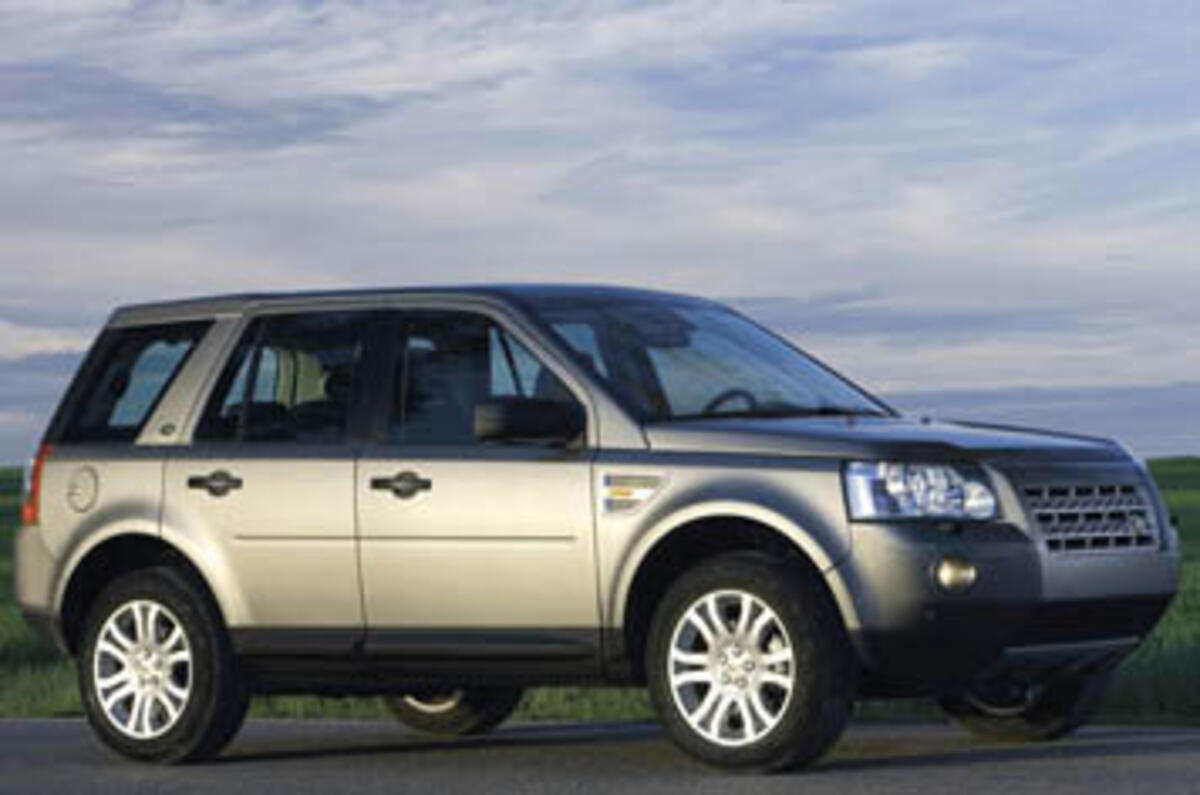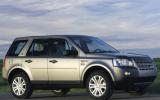What is it?
It’s the all-new Land Rover Freelander, replacing the incredibly popular first-generation car that had been on sale since 1997.
In principle it’s the same sort of vehicle – a premium, compact 4x4 that’s an alternative to estate or compact executive cars.
But Land Rover is keen to point out that, unlike rival cars like the Honda CR-V and Toyota Rav4, the Freelander can cut it off-road, as well as on it. Breadth of ability, it calls it.
Engine options at launch are a 2.2-litre turbodiesel (the TD4) and a 3.2-litre, straight-six petrol (the i6). Until 2007, the TD4 is manual only and the i6 auto only.
What’s it like?
On first impression, very good. Outwardly it has all the rugged styling you’d expect of a Land Rover, and it remains fairly compact, with a footprint little bigger than a large estate car’s.
Shame, though, that it isn’t better packaged for interior room. Although there’s plenty of headroom in the front, the centre-console has knee-bashing potential, rear legroom is worse than in an X3 or the latest CR-V, and the boot – as well as having a high loading sill – is not as big as the BMW’s or Honda’s.
None of the Freelander’s rivals, however, can touch it for showroom appeal. Because yes, although the interior is less than brilliantly packaged – and build wasn’t perfect on the earliest cars we tried – its interior design and most of the cabin feel is excellent. This car feels like a proper Land Rover.
Ergonomically, the driving position is fairly sound. The driving position is commanding – the seats will be a little too high for smaller drivers – and visibility out is excellent. This may be an SUV, but the large glass area and flat sides mean that threading it down narrow streets or into tight parking spaces is no harder than in many saloon cars.
The Freelander’s inline-six, or i6 in Land Rover-speak, petrol engine is a 3.2-litre unit developed mostly by Volvo, but tweaked by Land Rover for this application. Resistance to dust, mud and water ingress has been improved, as has oil supply to help the engine cope with the greater tilt angles that some Land Rover owners will subject it to.
It’s powerful and relatively torquey, but to get the best out of this engine, you have to rev it hard. The six-speed automatic gearbox – though smooth – and general nature of SUV driving, means that the turbodiesel’s the preferred choice, unless you must have an auto.
The rest of the Freelander driving experience is also impressive, but not perfect. It’s quiet at speed, but responds too rapidly to steering movements just off straight-ahead, which makes it tiresome on the motorway. The damping, meanwhile, is set to keep body movements in check on demanding roads, so it rarely settles into a cosseting cruise, except on the smoothest of road surfaces.
On the upside, it’s surprisingly impressive in cornering. There’s some initial roll but it settles into a curve very well, and proves very resistant to understeer. And of course it’s peerless off-road among its SUV rivals.

















Add your comment